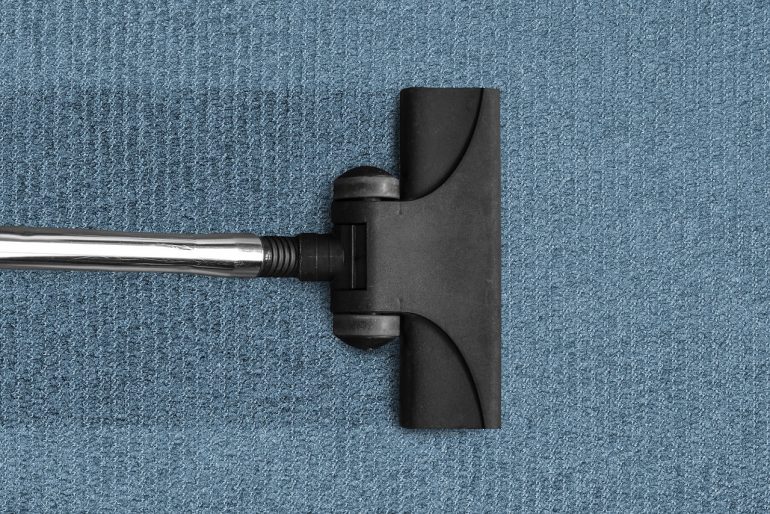The life expectancy of carpet can vary extensively based on the level of use and care over the years. Proper carpet care can result in extending the life of carpet by decades, but procrastinating allows soils and stains to become permanent and wears down fibres, thus reducing carpet lifespan significantly.
Most quality commercial carpet has a life expectancy of 10 to 30 years, but reaching the upper end of that range requires proper care on a regular basis.
Joe Bshero of carpet maintenance leader Whittaker writes in CMM that there are four cornerstones of a smart carpet care program: preventative maintenance, daily maintenance, interim maintenance, and restorative maintenance.
Facility managers who follow several best practices can better protect their investment. Bshero outlines six steps that can help facility managers and cleaning staff extend the life of a carpet:
Vacuum every day
Nearly 85 per cent of soil is brought into facilities on guests’ shoes, and this can include sand, salt, dirt, and more. This is a particular problem in high-traffic facilities and especially in entranceways and hallways. When soil remains, it sinks down into the fibres and accumulates, making it more difficult to remove. To effectively remove soils from carpet, it is essential to not only vacuum every day, but invest in a high-quality vacuum certified by the Carpet and Rug Institute (CRI).
Install matting
In addition to dry soils, wet soils like rain, snow, and mud often find their way into facilities, particularly during wetter and colder seasons. Installing matting at entrances and exits, as well as in high-traffic and common areas, can help to prevent soils. Quality matting traps soils and reduces the risk of stains that require additional effort and product to remove, writes Bshero.
Provide regular training
Commercial cleaning roles often experience high turnover, and carpet and floor care require a consistent approach. If a spill or soiling is not dealt with immediately, stains and tough soils can build up and require deeper cleaning. Maintaining the highest standards requires thorough and frequent training over the course of each employee’s tenure.
Practice low-moisture care
Interim cleaning or low-moisture carpet care helps protect appearance at a low cost, while also extending the life of the carpet. Excessive moisture is a quick way to impact lifespan, leading to mould and mildew. Low-moisture cleaning is a very sustainable cleaning method, as it requires little water and energy.
Maintain machinery
Cleaning machines require regular maintenance to function as intended and effectively remove soils. After each use, make sure to rinse off the brushes and inspect them for any issues, such as damaged bristles, which could mean it is time for a replacement. Beware clogging of spray nozzles, too.
Conduct annual or biannual deep cleans
Ultimately, concludes Bshero, deep cleans should ideally be conducted at least every year to ensure any remaining soils are effectively removed.








